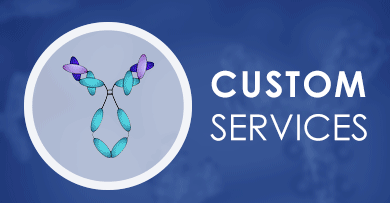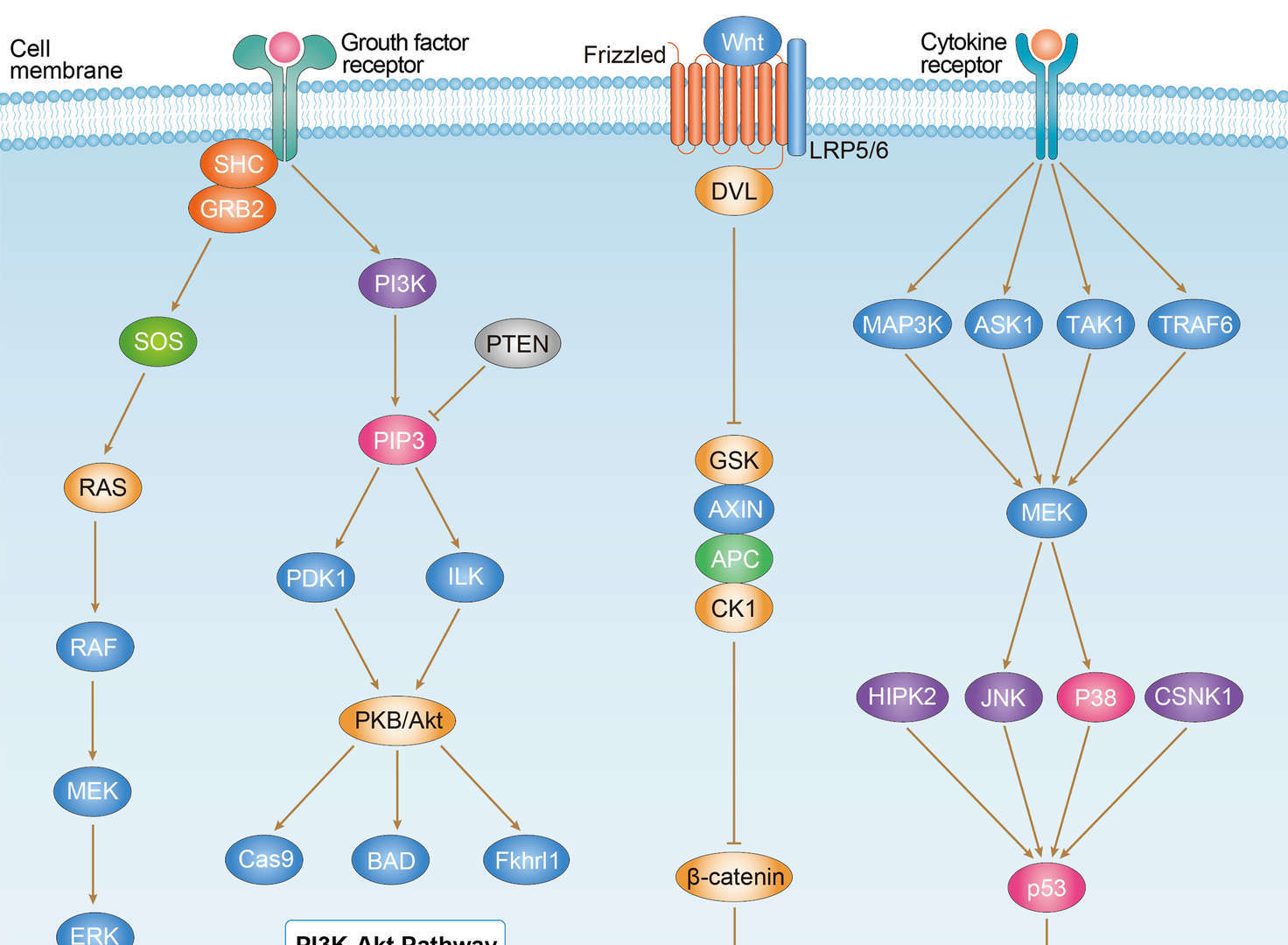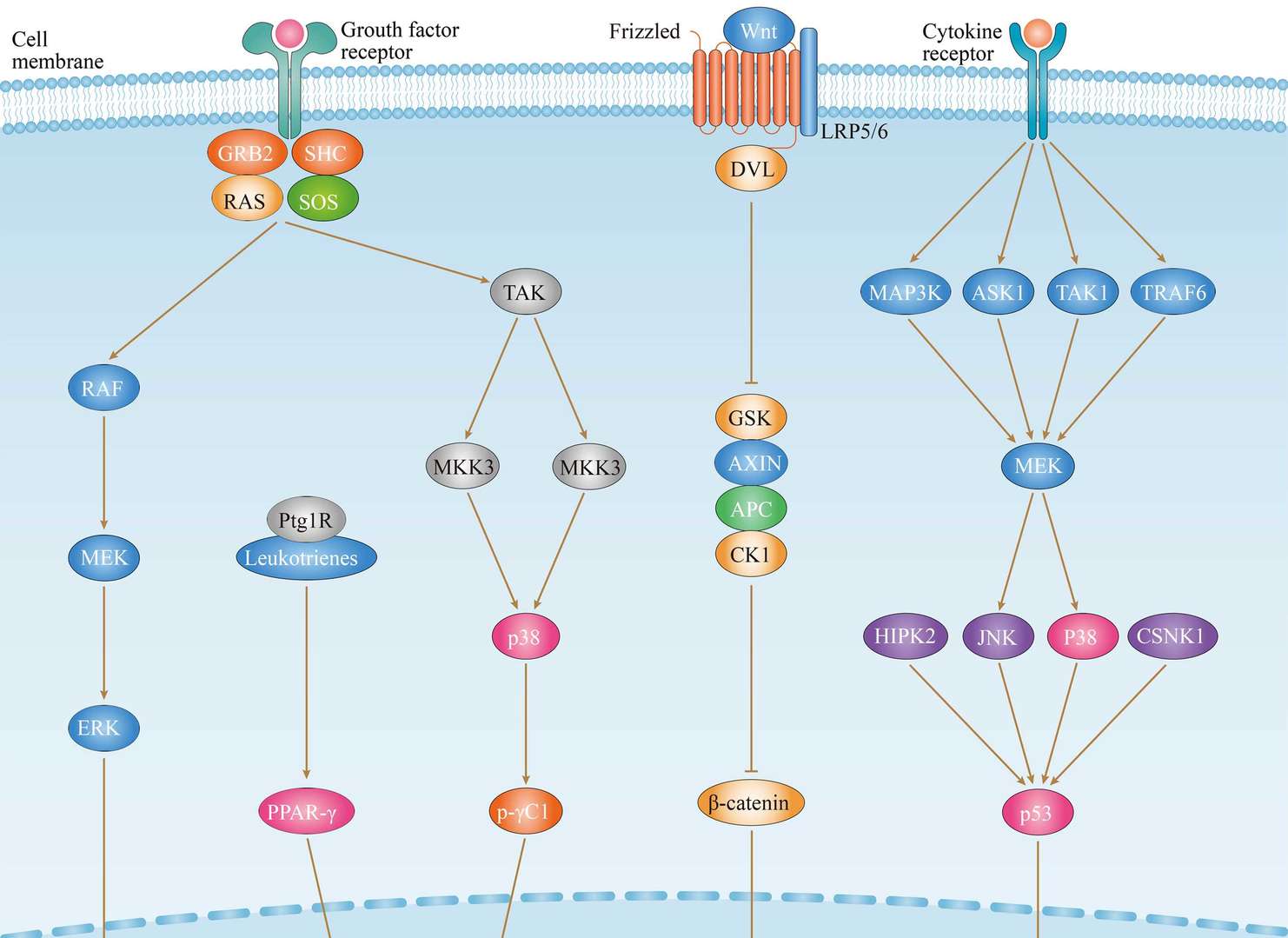 Loading...
Loading...

MAP3K5
 Loading...
Loading...Anti-MAP3K5 Products
-
- Species Reactivity: Human, Mouse
- Type: Rabbit IgG
- Application: WB, IF, IHC, FC
- Rabbit Anti-MAP3K5 Polyclonal Antibody (MRO-1661-CN) (MRO-1661-CN)
-
- Species Reactivity: Human, Mouse
- Type: Rabbit IgG
- Application: WB, IF, IHC
- Mouse Anti-MAP3K5 Recombinant Antibody (clone 2E4) (VS3-XY1032)
-
- Species Reactivity: Human
- Type: Mouse IgG1
- Application: ELISA, WB, IHC, FC, ICC
- Rabbit Anti-MAP3K5 Recombinant Antibody (VS3-WK1117) (VS3-WK1117)
-
- Derivation: Rabbit
- Species Reactivity: Human, Mouse
- Type: Rabbit IgG
- Application: WB, ICC, IF, IHC, FC
-
- Species Reactivity: Human
- Type: Rabbit IgG
- Application: WB
- Recombinant Mouse Anti-Human MAP3K5 Antibody (MOB-0518MZ)
-
- Species Reactivity: Human
- Type: Mouse antibody
- Application: WB
-
- Derivation: Phage display library screening
- Species Reactivity: Human
- Type: IgG
- Application: WB, FC, IHC
- Mouse Anti-MAP3K5 Recombinant Antibody (VS7-0425-WR344) (VS7-0425-WR344)
-
- Species Reactivity: Human
- Type: Mouse IgG
- Application: WB, IHC-P, IF, ICC, FC, ELISA
- Anti-MAP3K5 Immunohistochemistry Kit (VS-0525-XY4221)
-
- Species Reactivity: Human
- Target: MAP3K5
- Application: IHC
Can't find the products you're looking for? Try to filter in the left sidebar.Filter By Tag
Our customer service representatives are available 24 hours a day, from Monday to Sunday. Contact Us
For Research Use Only. Not For Clinical Use.
Background
Enzymes, Metabolic proteins, Plasma proteins
Intracellular
Cell type enhanced (Astrocytes, Microglial cells, Oligodendrocyte precursor cells, Inhibitory neurons, Excitatory neurons)
Low immune cell specificity
Cell line enhanced (BJ hTERT+)
Homodimer when inactive. Binds both upstream activators and downstream substrates in multimolecular complexes. Part of a cytoplasmic complex made of HIPK1, DAB2IP and MAP3K5 in response to TNF (PubMed:15310755, PubMed:15701637, PubMed:17210579, PubMed:17389591). This complex formation promotes MAP3K5-JNK activation and subsequent apoptosis. Interacts with SOCS1 which recognizes phosphorylation of Tyr-718 and induces MAP3K5/ASK1 degradation in endothelial cells. Interacts with the 14-3-3 family proteins such as YWHAB, YWHAE, YWHAQ, YWHAH, YWHAZ and SFN (PubMed:10411906, PubMed:15023544, PubMed:15094778). Interacts with ARRB2, BIRC2, DAB2IP, IGF1R, MAP3K6/ASK2, PGAM5, PIM1, PPP5C, SOCS1, STUB1, TRAF2, TRAF6 and TXN (PubMed:9564042,PubMed:9774977, PubMed:10688666, PubMed:11090355, PubMed:11689443, PubMed:12556535, PubMed:12813029, PubMed:15310755, PubMed:16038411, PubMed:16129676, PubMed:16407264, PubMed:17220297, PubMed:17724081, PubMed:18408005, PubMed:19590015, PubMed:19749799). Interacts with ERN1 in a TRAF2-dependent manner (PubMed:14749717). Interacts with calcineurin subunit PPP3R1 (By similarity). Interacts with PPM1L (PubMed:17456047). Interacts (via N-terminus) with RAF1 and this interaction inhibits the proapoptotic function of MAP3K5 (PubMed:11427728). Interacts with DAB2IP (via N-terminus C2 domain); the interaction occurs in a TNF-alpha-dependent manner (PubMed:15310755). Interacts with DUSP13/DUSP13A; may positively regulate apoptosis (PubMed:20358250). Interacts with DAXX (PubMed:9743501). Interacts with RC3H2 (PubMed:24448648). Interacts with PPIA/CYPA (PubMed:26095851). Interacts with PRMT1; the interaction results in MAP3K5 methylation by PRMT1 which inhibits MAP3K5 activation (PubMed:22095282). Interacts with TRAF2; the interaction is inhibited by PRMT1 (PubMed:22095282). Interacts with TRIM48 (PubMed:29186683). (Microbial infection) Interacts with HIV-1 Nef; this interaction inhibits MAP3K5 signaling.
Kinase, Serine/threonine-protein kinase, Transferase


 Endometrial Cancer
Endometrial Cancer
 Throid Cancer
Throid Cancer